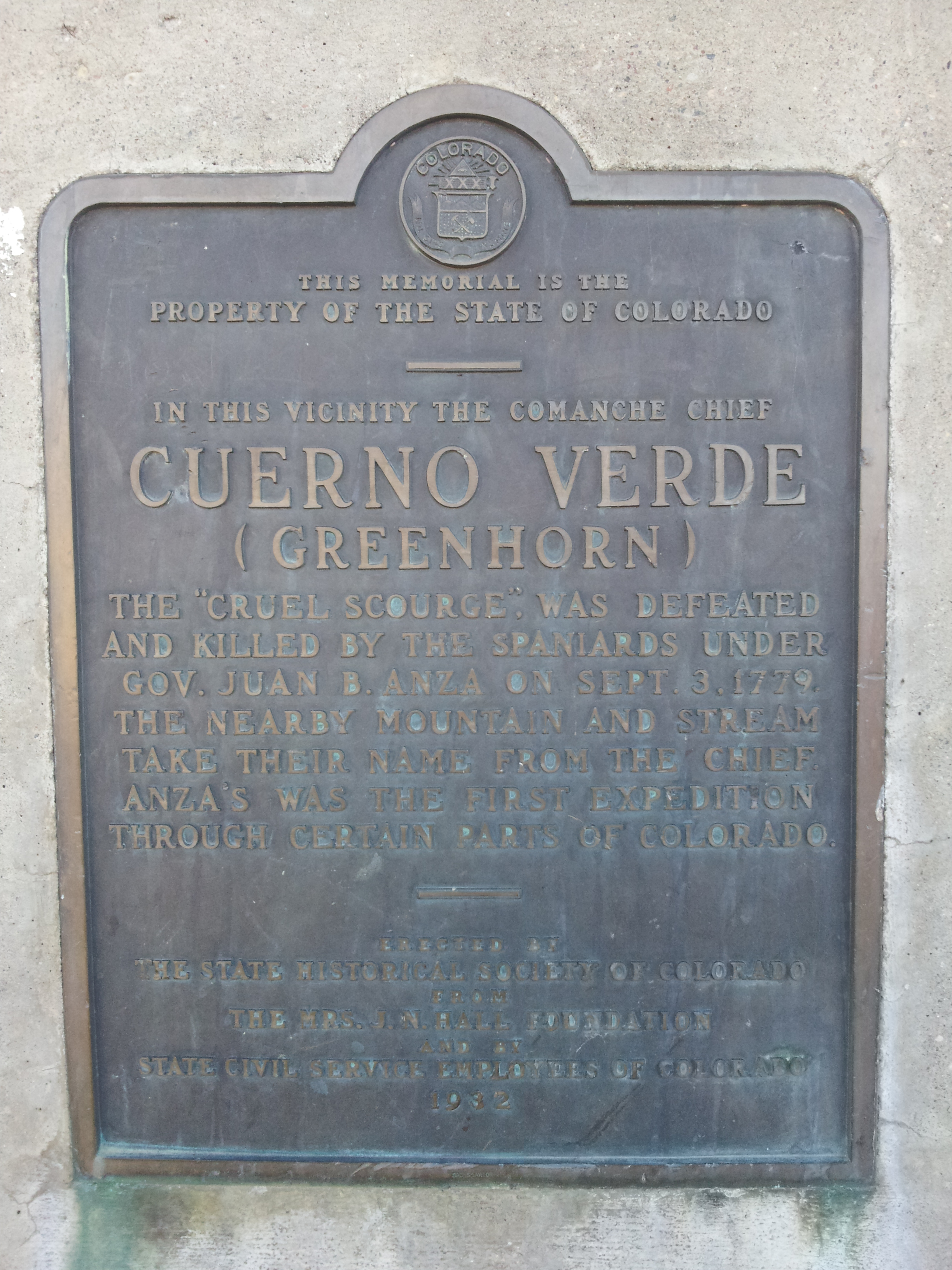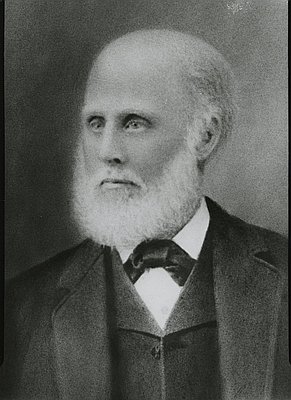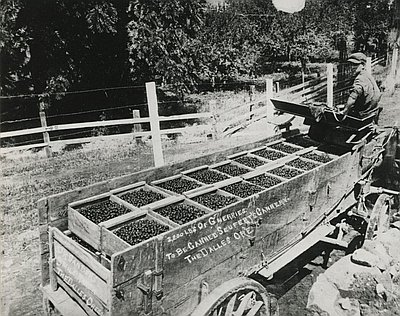This post could also be sub-titled “Just when you think you’ve
finished your research, you discover there is more.”
While applying my proofreading edits – not writing or
self-editing –my proofreader corrected the name of one of my characters, originally
spelled, Capt. Conynham. Puzzled, I went back to my only online source from the
very limited online sources I found for Fort Monument. I had spelled the
name the same way it was in the single article in which I found the name of the
fort commander at the time of my story, Mail
Order Penelope.
All right. I love research. Even though I had only 24 hours
until I MUST upload my manuscript to Amazon or suffer dire consequences, I was
game.
I
went back online and looked up the surname as my proofreader spelled it. I came
across Captain John Butler Conyngham. The article which clarified that he was
the Conyngham associated with the fort did not focus on the fort or the
military man in charge. It seems, while Capt. Conyngham was stationed by
Monument Rocks, he and Mr. Minor discovered a prehistoric fossil. Said fossil, a type Tylosaurus proriger, was the first found
in that part of western Kansas. He turned it over to Professor Louis Agassiz
during the latter’s August 1868 visit to the region.
Later on in the article about the fossil, I found a short
biography of Capt. Conyngham and a few details about Fort Monument I did not
have before. In addition, I was able to capture a better image of the Monument
Station that housed the fort.
 |
Drawing by Pvt. J. Stadler, 5th Infantry (stationed at Fort Wallace)
|
I had seen this image before in a print book. I knew about
the wooden above-ground building with its cook shack off to the side. This
building served the stage company employees and passengers as well as being the
headquarters for Fort Monument.
I knew about the two dugout buildings – such structures were
common on the Kansas frontier during that era – but this was the first source
that specified the two buildings were used as barracks for the company of
soldiers from the 38th Infantry that were stationed there, not for the stagecoach and Army livestock and feed. Based on
information about other stations on the Smoky Hill Trail, I though those
structures were underground corrals and a storage barn for hay and forage. In
other stations along this line, tunnels led to underground corrals and feed
storage.
My book was already read and proofread, yet I got this vital
detail wrong. REWRITE !
I put the infantrymen inside the dugouts with the windows. I
came up with dugout corrals and feed storage caverns similar to what was
described for other stations. Like some stations built close to the banks of the
Smoky Hill River, in my story, the corral for livestock was dug into the
riverbank. Whether this was the case, I don’t know. The details might be
available out there somewhere, but I did not find them as part of my research.
 |
Monument Rocks National Natural Landmark, Kansas ctsy Art Davis
|
 During the three years of its existence as a military post
(1865-1868), several commanding officers and their men were sent to Fort
Monument. Shortly before the time of my story in October 1867, Lieutenant David
Ezekiel brought to Fort Monument Company I of the 38th Infantry, one of two “colored”
infantry regiments comprised of black soldiers that were formed after the close
of the American Civil War. Lt. Ezekiel was replaced by Capt. John B. Conyngham
as commanding officer, but Lt. Ezekiel stayed as the second in command. Once the
Union Pacific Railway-Eastern Division reached the Monument Rocks area, its
tracks were laid several miles to the north. Since Fort Monument was charged
with protecting railroad crews and the stagecoach stopped serving Monument
Station once Monument became the “End of Track,” Capt. Conyngham moved his
entire command thirty-five miles to the north-northwest to what became known as
the town of Monument.
During the three years of its existence as a military post
(1865-1868), several commanding officers and their men were sent to Fort
Monument. Shortly before the time of my story in October 1867, Lieutenant David
Ezekiel brought to Fort Monument Company I of the 38th Infantry, one of two “colored”
infantry regiments comprised of black soldiers that were formed after the close
of the American Civil War. Lt. Ezekiel was replaced by Capt. John B. Conyngham
as commanding officer, but Lt. Ezekiel stayed as the second in command. Once the
Union Pacific Railway-Eastern Division reached the Monument Rocks area, its
tracks were laid several miles to the north. Since Fort Monument was charged
with protecting railroad crews and the stagecoach stopped serving Monument
Station once Monument became the “End of Track,” Capt. Conyngham moved his
entire command thirty-five miles to the north-northwest to what became known as
the town of Monument.
The 38th Infantry had several companies also assigned to
Fort Hays. The photo below of what is labeled the Hays City Overland Stage
Kansas City shows an escort of members of the 38th Infantry riding on top as
escort.
 |
Black soldiers of the 38th Infantry at Hays City station riding escort
|
A bit about John B.
Conyngham, much of it taken from the
25th
Anniversary publication
of the
Yale College Class of 1846 published in 1871
and
from Find-a-Grave:
He was born on September 29, 1827,
at Wilkes Barre, Pennsylvania. He studied law three
years at Wilkes Barre, and opened an office there. In Dec., 1851, he removed to St. Louis to
practice law.
When the American Civil War broke out, he "enlisted as a private at the first call for three months'
volunteers in the 8th Penn. Regiment, and was chosen 2nd Lieutenant of his
company." At the close of the three
months, he re-entered the Army for three years as Major of the 52nd
Pennsylvania Volunteers; was afterwards promoted to Lieutenant Colonel, and
then to Colonel, which office he held when mustered out with his regiment,
July, 1865.
He was wounded in a
night attack on the fortifications in Charleston harbor, taken prisoner, and
confined a number of months in the prison camps at Charleston, Macon, and
Columbia."
He was present at the College Commencement, 1865, and soon
after went to Montana. Having returned,
he "entered the regular Army with the rank of Captain in full, and the
brevet of Lieutenant Colonel." He was
the commanding officer of Fort Monument between 1867 and 1868 when the fort was
abandoned. Near the beginning of 1871, while stationed at Fort Clark, in Texas,
he suffered from apoplexy, followed by Bright's Disease of the kidney. He lived to reach Wilkes Barre, where he died
May, 28, 1871 at the age of forty-four. He never married.
I hope you enjoy reading Mail Order Penelope which is
currently on preorder and will be released this coming Friday, August 14th. In
particular, I hope you enjoy how I portrayed Capt. Conyngham, Lt. Ezekiel, and
fictional members of the 38th Infantry in my scenes that take place at Monument
Station / Fort Monument. PLEASE CLICK
HERE for the book description.
Please click on the book titles for Mail Order Roslyn and Mail Order Lorena, my other two novels I wrote as part of
the Widows, Brides and Secret Babies series.
Sources:
http://oceansofkansas.com/Cope1869b.html
http://www.godeke.org/History/Founders_Conyngham.htm
https://kshs.org/p/the-military-post-as-a-factor-in-the-frontier-defense-of-kansas/12525
https://www.legendsofamerica.com/fort-monument-kansas/#:~:text=Fort%20Monument%2C%20Kansas%20was%20originally%20a%20Butterfield%20stage,station%20was%20sometimes%20referred%20to%20as%20Antelope%20Station.
Trails of the Smoky Hill by Wayne C. Lee and
Howard C. Raynesford; Caxton Press; Caldwell, Idaho: 2008


































